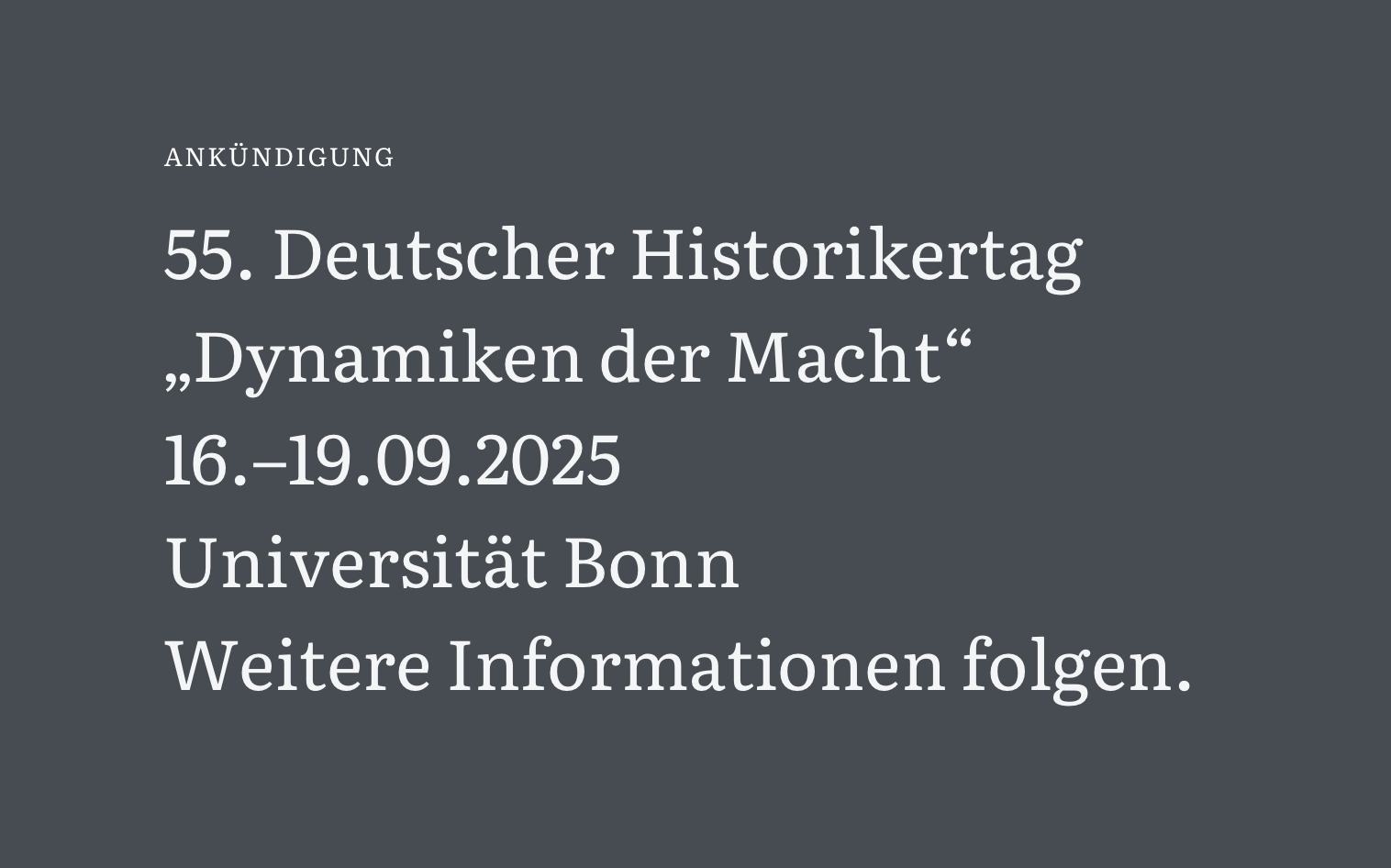City Branding: Urbanität und die Konstruktion von Stadtbildern in Europa und Südasien
Abstract
Von Magrittes berühmtem "Ceci n'est pas une pipe" wissen wir, dass Bilder täuschen können. In ähnlicher Weise kann man sich fragen, inwieweit die Bilder von Städten der urbanen Realität entsprechen. Studien über Städte deuten darauf hin, dass historische Fakten oft angeeignet, missbraucht oder erfunden wurden, um ein bestimmtes (mentales) Bild einer Stadt zu schaffen, das auf Erzählungen wie Gründungsmythen, Städtelob, Reiseberichte oder Karten beruht. Dieses Panel betrachtet eine Auswahl von Fallstudien aus Europa und Südasien vom zwölften bis zum einundzwanzigsten Jahrhundert n. Chr., um die fragilen Fakten zu untersuchen, die zur Konstruktion von Stadtbildern beitragen.
Studien zu City Branding haben eine Vielzahl von Strategien ans Licht gebracht, die zur Schaffung einer (neuen) städtischen Identität eingesetzt werden. Zu diesen Strategien gehören die Veränderung physischer Räume durch den Bau ikonischer Monumente, die Einführung von Praktiken wie städtische Rituale, kulturelle, wirtschaftliche und religiöse Veranstaltungen und schließlich Narrative, die durch Kampagnen und mit Hilfe einer Vielzahl von Medien initiiert und verbreitet werden. Die "Erfindung der Tradition" und die Geschichtsschreibung spielen bei diesen Prozessen eine wichtige Rolle.
Dieses neue Forschungsgebiet konzentriert sich weitgehend auf moderne Städte und Begriffe wie die grüne Stadt oder das City Branding, um Touristen und Investoren anzuziehen. Wir schlagen vor, diese Forschung zu erweitern, indem wir eine historische Perspektive einnehmen und sowohl vormoderne als auch moderne Strategien der Produktion von City Images betrachten. Welche Strategien und Medien wurden eingesetzt, um ein mentales Bild zu erzeugen (Wallfahrten, Messen, Stadtführer, Karten usw.), und wer waren die Akteure und Zielgruppen dieser Strategien (Ratsmitglieder, wirtschaftliche Eliten, religiöse Autoritäten usw.)? Der vorgeschlagene transregionale Rahmen fördert einen vergleichenden Ansatz, um eine neue Diskussion über City Images über Europa hinaus anzuregen. Somit wird in den Beiträgen die Frage gestellt, wie das City Branding die Urbanität beeinflusst hat und umgekehrt: Wie repräsentativ (oder sogar wahrheitsgetreu) sind Stadtbilder für städtische Erfahrungen, und haben sie die städtische Lebensweise beeinflusst?
Medieval manuscripts as a form of representation are rarely connected with urban space. But they enabled an interesting and ingenious phenomenology of urban landscape. Drawing on urban space theory, manuscript studies, and literary studies the paper will examine two examples of urban representation in text, image, and parchment – Einsiedeln, Stiftsbibliothek, Codex 326 (1076) and Wolfenbüttel Herzog-August-Bibliothek Cod. Guelf. 36.23 Aug. 2° in comparative perspective. These will help us to discover different ways of making urban space legible for medieval audiences. We will see how fully understanding these strategies of urban legibility is only possible if we look closely at the manuscripts themselves and that this process can help us better appreciate even some well-known texts.
Historiographical texts often described the urbanity of premodern cities by associating them with specific urban concepts and other urban centres. This is also true for the relatively small towns of the south-western part of the Holy Roman Empire. While describing the urbanity of their own city, these historiographical texts referred to other, much bigger cities. The paper analyses if these associations in the small towns match the other cities’ own historiographical texts. Thus, the paper explores intertextuality and investigates if these depictions in historiographical texts constitute a successful form of city branding.
The district of Gurugram (earlier Gurgaon) lies on the southern bodies of Delhi, in the neighbouring state of Haryana. Over the past three decades, Gurugram has emerged as the most significant Indian example of privately funded real estate development as well as a site of city-branding that speaks in the languages of technology. What was largely a rural hinterland has rapidly transformed into a hub of gated communities, shopping malls, global commerce and technologically driven urban planning. The latter is also seen as a crucial aspect of ‘selling’ the locality as an ‘advanced’ site of Indian urbanism. This presentation investigates the material and social life of technology-as-branding as it encounters historically specific rural lifeways and structures, a state in the process of transformation into ‘entrepreneurialism’ and processes of private capital that make it more state-like. What does technology-as-city-brand tell us about relationships between citizens, the state and private capital under conditions of contemporary urban modernity?
In the research on urban historiography in the German-speaking area of the Middle Ages, the concept of urban identity traditionally plays a major role. A pioneer in this field is Heinrich Schmidt, who in 1958 studied the medieval chronicles as a mirror of bourgeois self-confidence. In his wake, many have since attempted to demonstrate the constitution and strengthening of urban collective identity through chronicle texts using concrete examples. However, there is also increasing criticism that these readings are often based on a very partial understanding of the sources. The paper will therefore examine the influence of the older research, going back to the 19th century, and its identity needs on today’s interpretations.
The paper will focus on Bhubaneswar, once a small sleepy temple town, which later became the capital of postcolonial Odisha, India. Today it is a modern ‘smart city’ with a high branding quotient—national and global. Craftly show-casing its ancient heritage, like Ashokan edicts, architectural marvels like early medieval Muketeswar and Lingaraj temples and classical Odishi dance, the city simultaneously flaunts its achievement as a hub of modern education, science and information technology. Bhubaneswar has enhanced its brand value by being a planned, clean, friendly and affordable city, and hosting spectacles like global investment summits and the hockey world cup tournament.

